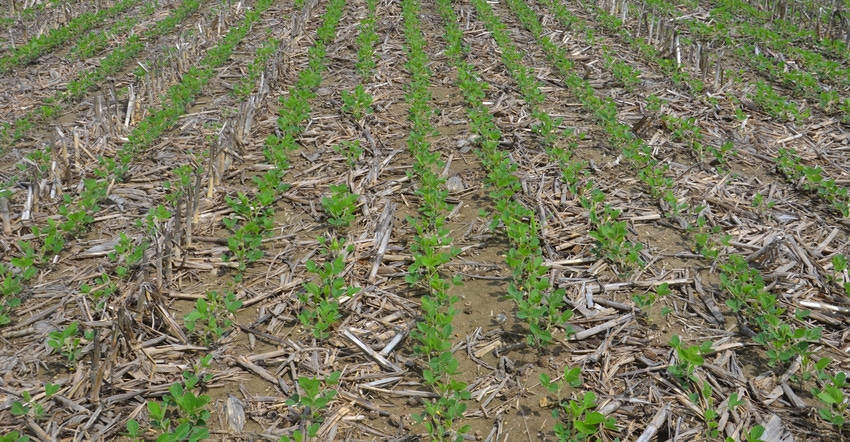August 30, 2021

Get ready for harvest 2021. Consider the points below. These six actions can make your next crop year run a little smoother while also making gains with healthy soils on your farm.
1. Spread the love. Is your crop residue spread evenly along the entire width of the header? Uneven or windrowed materials means you either have bare spots or thick blankets. Bare spots are more prone to erosion. Soil conditions are the most critical factor in deciding when to plant in the spring. Inconsistent residue can affect soil temperature and moisture, resulting in areas that are fit next to areas that won’t dry out. If residue over the soil surface goes from nothing to 4 inches, you will get inconsistent planting depth and uneven emergence.
2. Don’t hit your soil so hard. Soil compaction is likely more of a problem than you believe. Consider your traffic patterns across fields. Do dump carts drive across the entire field with full loads, or do they stay in the same traffic pattern as the combine? Try not to drive over the entire field, but confine traffic to one area or wheel track. Avoid the temptation to address compaction with more steel. Planting a ground-breaking cover crop mix, such as oats and daikon radish, can help alleviate compaction caused during harvest. Plant the cover crop before harvest, and it will help to build resilience in soil structure to better stand up to heavy equipment.
3. Do you really need to stir things up? Fewer trips across a field reduce fuel, equipment and labor costs, along with the potential of soil compaction. Less tillage also reduces erosion and improves soil health. Ask: What is the planned purpose of each tillage trip across the field, and what does it cost you?
4. What’s going on down below? Have all fields been recently soil sampled? Fall sampling and results give you more time to plan your nutrient application program. While fall and early winter are great times to address lime and potash needs, the goal should be to apply nitrogen and phosphorus as close as possible to next year’s crop to improve nutrient use efficiency and reduce losses.
5. Take time to look around. What were your weed escapes? How bad were they? Identify “hot spots” and diagnose why those weeds were present. Proper identification is key. Pay attention to weed populations on field edges. Clean out the combine to avoid moving weed seeds from fields with herbicide-resistant or high weed populations. Have you explored the potential of cereal rye to include in your weed control management program?
6. Next growing season starts when you leave the field. Have you been thinking about switching to strip-till or no-till corn, adding a cover crop, or establishing that grassed waterway or filter strip? Use winter to plan and talk to your local contacts and advisers to develop a strategy for the upcoming year. Successfully implementing conservation and building healthy soil takes time, commitment and planning. The earlier you start, the more effective your strategies will be!
McLain is Indiana’s soil health specialist with the Natural Resources Conservation Service. She writes on behalf of the Indiana Conservation Partnership.
You May Also Like




